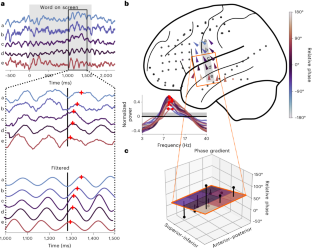2024-03-08 オークリッジ国立研究所(ORNL)

ORNL researchers are using attention mechanisms to maximize AI’s capabilities in the scanning of medical texts, which can drastically reduce the time needed for cancer incidence reporting. Credit: Getty images
<関連情報>
- https://www.ornl.gov/news/ai-driven-attention-mechanisms-aid-streamlining-cancer-pathology-reporting
- https://ieeexplore.ieee.org/document/10409522
臨床テキスト分類における注意メカニズム: 比較評価 Attention Mechanisms in Clinical Text Classification: A Comparative Evaluation
Christoph S. Metzner; Shang Gao; Drahomira Herrmanno;…
IEEE Journal of Biomedical and Health Informatics Published:19 January 2024
DOI:https://doi.org/10.1109/JBHI.2024.3355951
Abstract
Attention mechanisms are now a mainstay architecture in neural networks and improve the performance of biomedical text classification tasks. In particular, models that perform automated medical encoding of clinical documents make extensive use of the label-wise attention mechanism. A label-wise attention mechanism increases a model’s discriminatory ability by using label-specific reference information. This information can either be implicitly learned during training or explicitly provided through embedded textual code descriptions or information on the code hierarchy; however, contemporary studies arbitrarily select the type of label-specific reference information. To address this shortcoming, we evaluated label-wise attention initialized with either implicit or explicit label-specific reference information against two common baseline methods—target-attention and text-encoder architecture-specific methods—to generate document embeddings across four text-encoder architectures—a convolutional neural network, two recurrent neural networks, and a transformer. We also present an extension of label-wise attention that can embed the information on the code hierarchy. We performed our experiments on the MIMIC III dataset, which is a standard dataset in the clinical text classification domain. Our experiments showed that using pretrained reference information and the hierarchical design helped improve classification performance. These performance improvements had less impact on larger datasets and label spaces across all text-encoder architectures. In our analysis, we used an attention mechanism’s energy scores to explain the perceived differences in performance and interpretability between the text-encoder architectures and types of label-attention.


